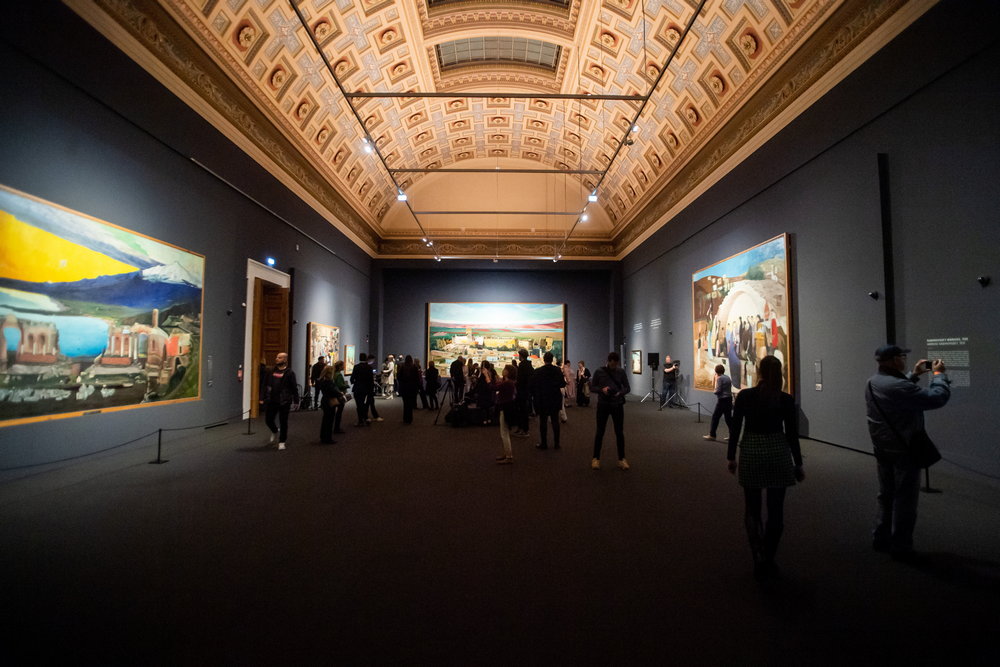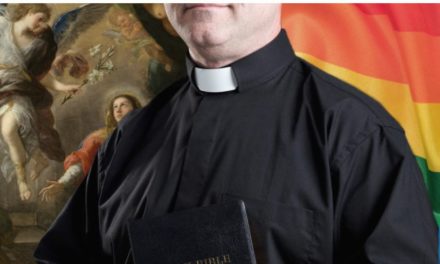The Fine Arts Museum – Hungarian National Gallery and the Janus Pannonius Museum in Pécs are celebrating the 170th anniversary of the birth of Kosztka Csontváry Tivadar with a joint exhibition. The exhibition presenting his oeuvre comprehensively can be visited for three months from Friday at the Museum of Fine Arts, after which it will be shown in Pécs.
"The oeuvre of perhaps the most original master in the history of Hungarian painting has now been united"
- pointed out the general director of the Museum of Fine Arts - Hungarian National Gallery at the press presentation of the exhibition on Wednesday.
According to László Baán, for the 170th anniversary, Csontváry's masterpieces preserved in Pécs were transported to the Fine Arts, as well as pieces from the National Gallery's collection.
Thus, forty-five Csontváry works can be seen together, including all of the painter's masterpieces.
László Baán said that this "powerful, exciting, poignant exhibition, which also enlivens the life of the master" can be visited in Budapest until July 16, and will be enjoyed by the public of the Janus Pannonius Museum for three months after that.
Mariann Gergely, the curator of the exhibition, emphasized that many people know Csontváry's oeuvre, but in the special spaces of the Fine Arts, even the most popular works offer a new experience for everyone.
In these spaces, the images receive new content that will be discoveries for the profession as well
he emphasized.
According to the curator, only those works were selected for the exhibition that, according to the records, Csontváry himself considered important.
The exhibition recalls the beginnings of Csontváry, who was still working as an apothecary at the time: his first oil painting depicting butterflies is on display, as well as his early bird paintings.
Csontváry already matured, in 1894 he began his formal painting studies in Munich, at the famous painting school of Simon Hollósy. A special collection presents his little-known portrait drawings made here, which show a surprising maturity, Gergely Mariann said.
The visitor can get to know the painter's early portraits and self-portraits, then his landscapes created during his first study trips to Italy, with which he began to examine the representation of light phenomena, different times of the day, and the forces of nature.
The landscapes of Bosnia, Greece, Hortobágy, the Highlands and Egypt all inspired Csontváry, who searched for the "big motif" during his travels. He finally found this in Sicily and his homeland: the audience can admire his grandiose landscapes The Ruins of the Greek Theater in Taormina and Great Tarpatak in the Tatras, made almost at the same time.
As Gergely Mariann pointed out, the spaces of the Jón hall of the Fine Arts also allow for the effective presentation of giant canvases such as Mary's Well in Nazareth or the thirty-square-meter Baalbek.
Csontváry painted his influential cedar paintings in Lebanon (Pilgrimage to the Cedars; Lonely Cedar), and then in 1909 he created his last oil painting in the vicinity of Naples, Seaside Ride. After the presentation of the late works, the final unit of the exhibition reviews the fate of the oeuvre and the beginnings of the formation of the Csontváry cult.
In parallel with the Csontváry memorial exhibition, the Hungarian National Gallery recently opened a life exhibition of Lajos Gulácsy, so the public can now get to know the work of two strange and unique creators of Hungarian fine art from the beginning of the 20th century at the same time, said László Baán.
MTI
Photo: MTI/Zoltán Balogh













